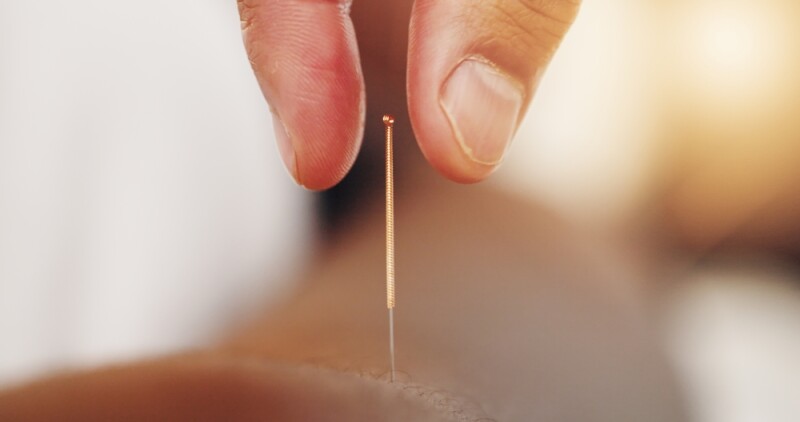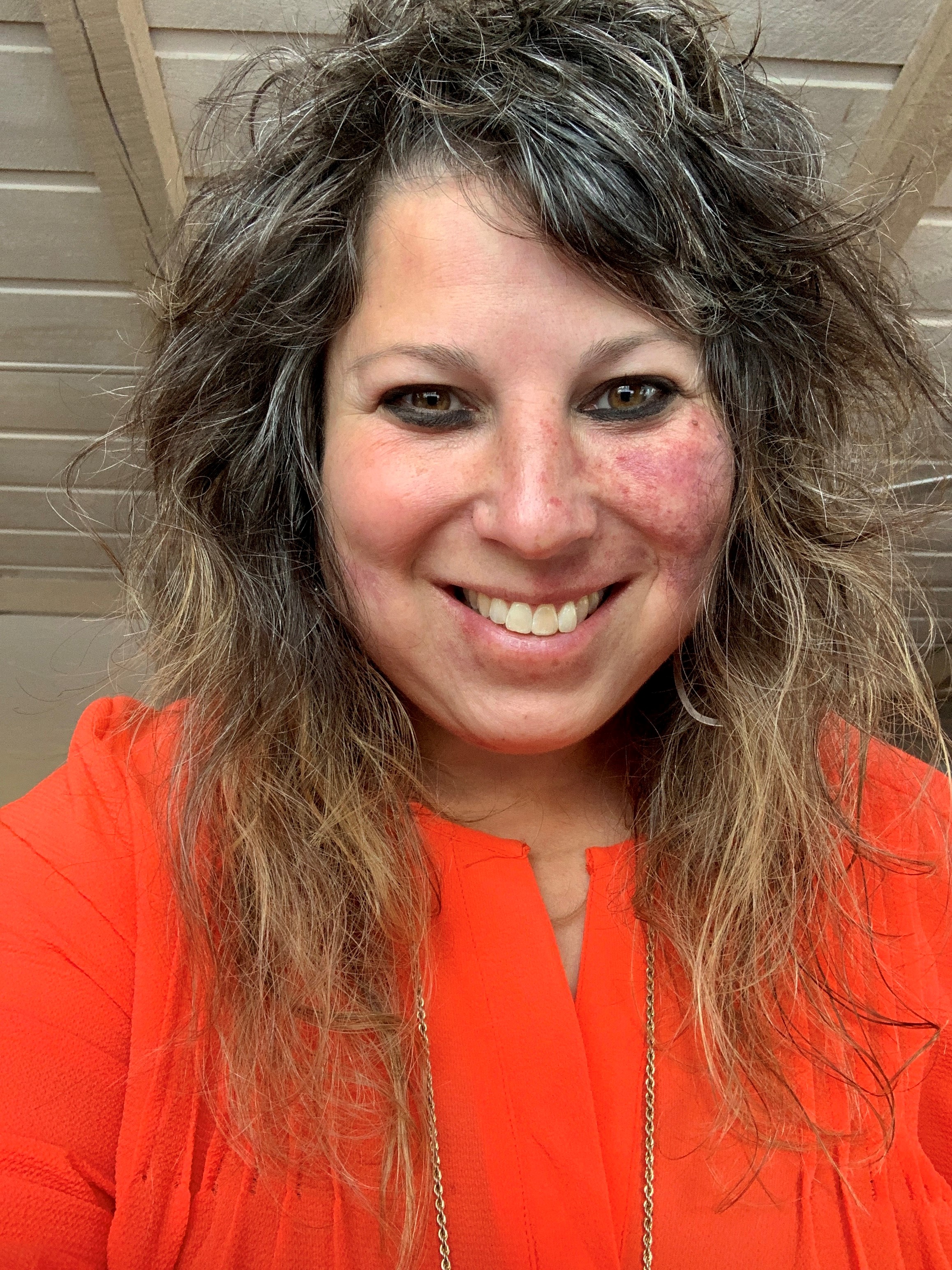Pediatric ingestions of melatonin have increased significantly, according to CDC
A new report released by the Centers for Disease Control and Prevention provides an update on pediatric melatonin and confirms a staggering uptick in use during the last decade.
According to the report, during the 2012 to 2021 time period, the annual number of pediatric ingestions of melatonin increased by 530 percent, with a total of 260,435 ingestions reported. The largest yearly increase (37.9 percent) occurred from 2019 to 2020. Pediatric hospitalizations and other serious outcomes also increased because of a rise in unintentional melatonin ingestions in children ages five and under, according to the report.
The study assessed isolated melatonin ingestions among children, adolescents, and young adults aged 19 and younger during the last 10 years. Researchers used data from the American Association of Poison Control Centers’ National Poison Data System (NPDS). Pediatric melatonin ingestions accounted for 4.9 percent of all pediatric ingestions reported to poison control centers in 2021 compared to 0.6 percent in 2021.
According to the report, 94 percent of the ingestions were unintentional, involved males aged 5 years old and younger and 99 percent of them occurred in the home, with 88 percent of those cases being managed on-site. Eighty-two percent of the children in these instances were asymptomatic, but for those who reported symptoms, most involved the gastrointestinal, cardiovascular, or central nervous systems.
In addition, the study reported that among the 27,795 patients who received care at a healthcare facility, 71.6 percent were discharged, 14.7 percent were hospitalized, and one percent required intensive care. Of all the melatonin ingestions, 1.6 percent resulted in more serious outcomes. Five children required mechanical ventilation and two died.
The increase in unintentional ingestions may have been due to increased accessibility of the supplement during the pandemic, as children spent more time at home, according to the report. In addition, reports of sleep disturbances during the pandemic may have led to increased availability of melatonin in the home. These reasons may be why there has been increased exposure in children, according to the authors.
Since unintentional ingestions were the primary driver of this increase in consumption, the authors recommended that healthcare providers advise parents regarding the safe storage and appropriate use of melatonin. Further, consumers and healthcare practitioners should be encouraged to report any melatonin product–related adverse events to MedWatch, the U.S. Food and Drug Administration’s (FDA) medical product safety reporting program.
The report was written by Karima Lelak, MD, department of pediatrics, Children’s Hospital of Michigan, Detroit, Michigan; Varun Vohra, PharmD, department of emergency medicine, Wayne State University School of Medicine, Detroit, Michigan; Mark Neuman, MD and Michael Toce, MD, division of emergency medicine, department of pediatrics, Boston Children’s Hospital, Boston, Massachusetts; and Usha Sethuraman, MD, department of pediatrics, Central Michigan University, Detroit, Michigan.




















SHARE